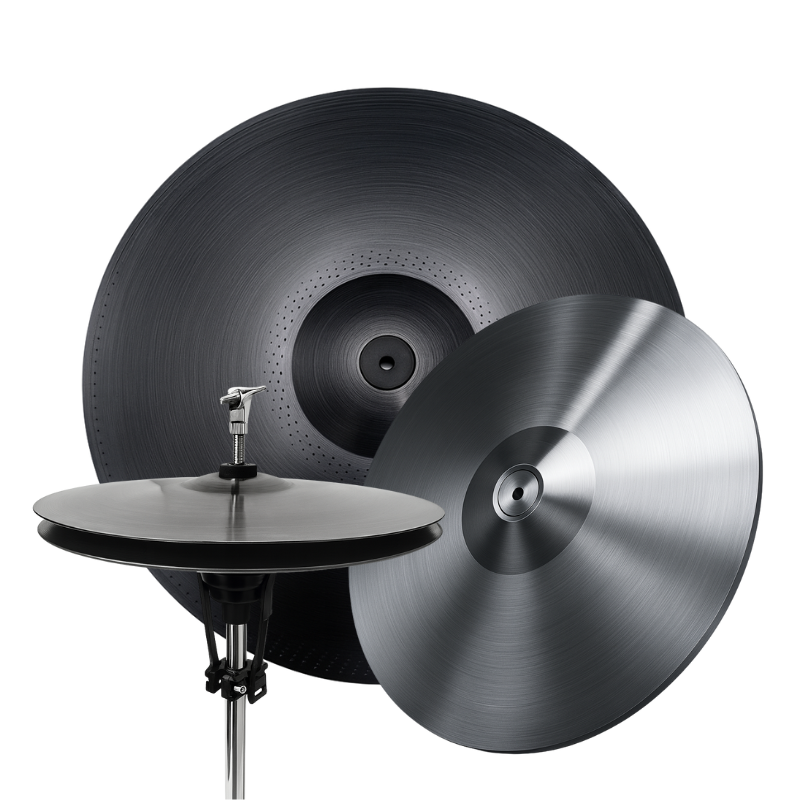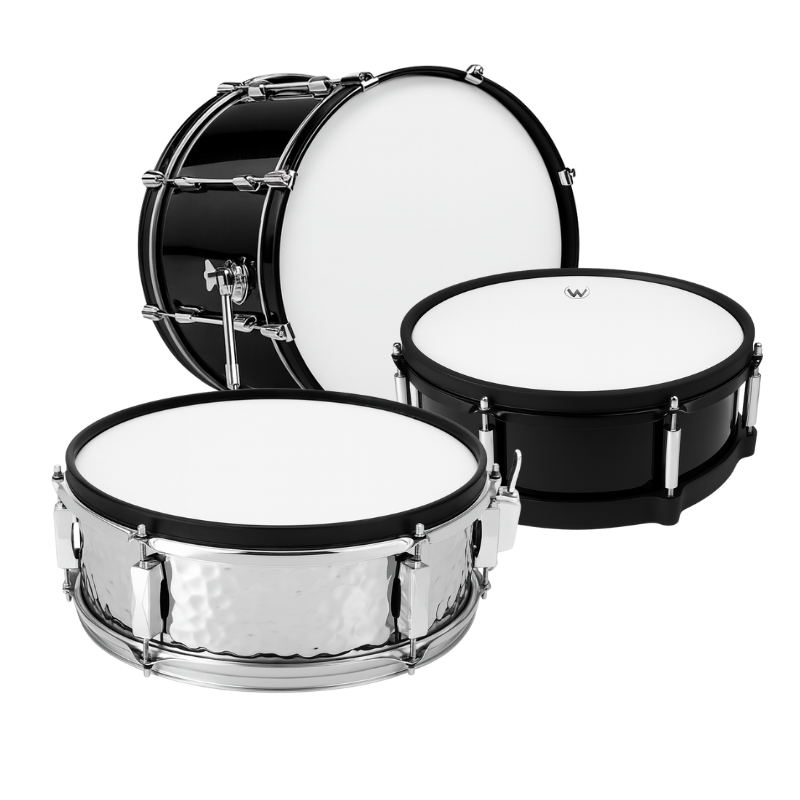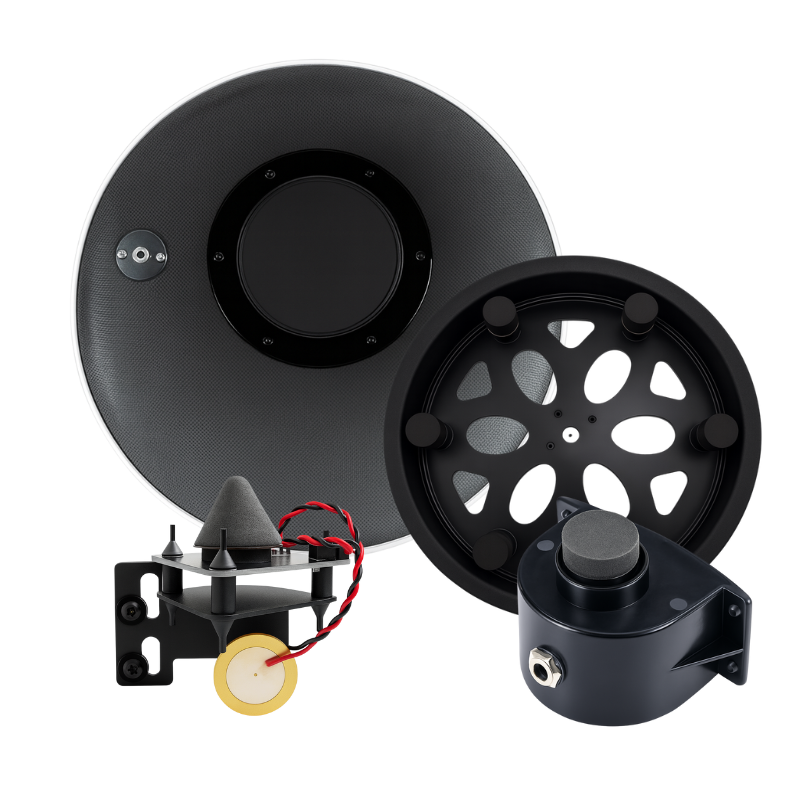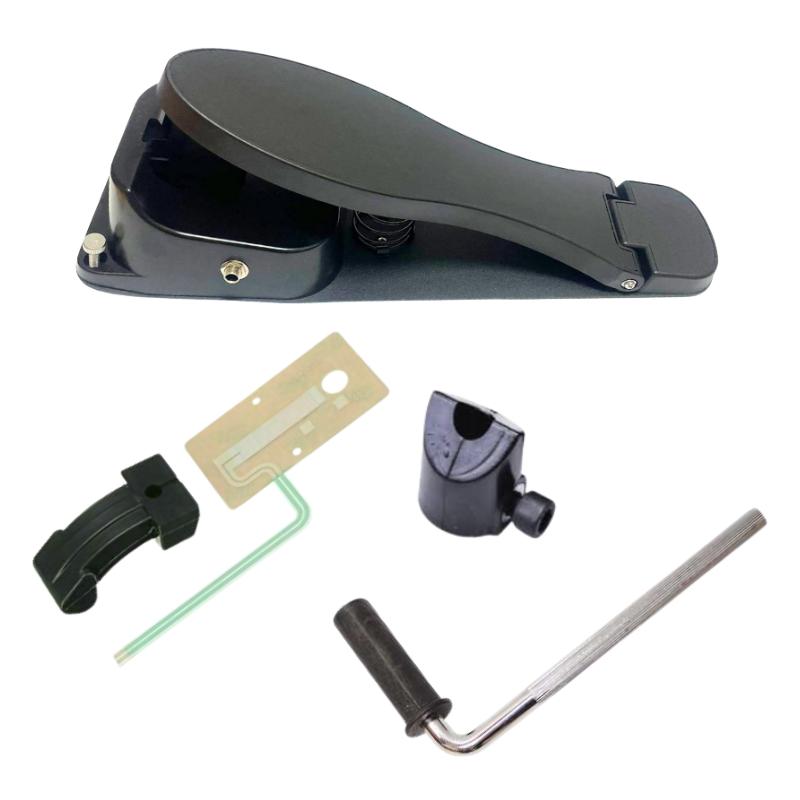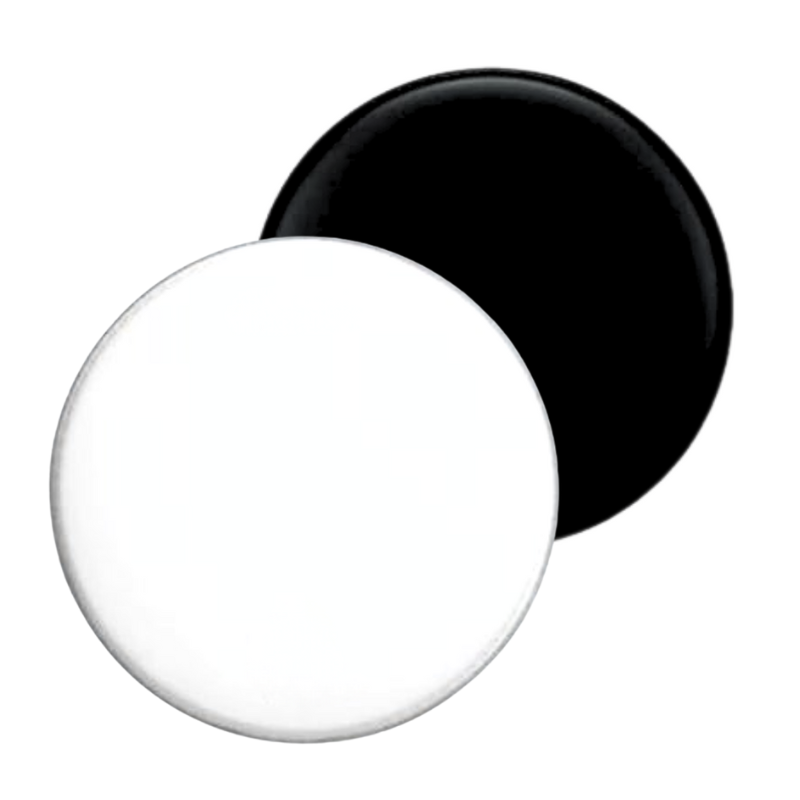
The Real Differences Between Electronic Drum Modules
Share
A practical, drummer-first comparison—with setup tips for third-party electronic cymbals and sample import workflows.
Whether you’re upgrading a module or building a hybrid rig, five names dominate most conversations: Roland, Alesis, Simmons, FNOTE (often branded EFNOTE), and Yamaha. Below is a deep, practical comparison across nine core topics—plus a hands-on setup guide for pairing these modules with World Drummers electronic cymbals, pads, and mesh heads.
1) Sound Engine Philosophy (modeling vs. multi-sample)
Roland – Known for dynamic “modeled + sampled” behavior, with expressive envelopes and convincing cymbal decay/choke. Mid/high modules (e.g., TD-17/27/50 series) can feel very “alive” under the sticks.
Alesis – Primarily multi-sample playback with generous layering. The Strike line, in particular, can sound huge and modern out of the box; it’s easy to build custom kits from user samples.
Simmons – Sample-based engines focused on direct, punchy tones; great for plug-and-play practice rigs and entry/mid setups.
FNOTE / EFNOTE – Boutique, acoustic-centric capture; polished, organic cymbal tails and a very natural stereo image. Less “gadgety,” more “record-ready.”
Yamaha – Studio-clean sample sets with smart dynamics and ambience tools. Kits tend to sit nicely in a mix without much tweaking.
Takeaway: If you want ultra-dynamic “instrument feel,” look at Roland and EFNOTE. If you want to design your own sound libraries, Alesis (Strike) is extremely accommodating. Yamaha is the “mix-ready” studio choice; Simmons is the friendly, value-driven option.
2) Trigger Architecture & Zone Mapping (and what that means for third-party cymbals)
Common ground: Most modern modules use TRS for dual-zone crashes (bow/edge + choke switch) and rides add a bell zone (sometimes via a second jack or internal multi-zone mapping).
Roland – The de facto “reference” wiring for many third-party cymbals: piezo + switch logic on crashes; three zones on rides are well supported.
Alesis – Very Roland-like logic on most current modules; three-zone rides and dual-zone crashes generally straightforward.
Simmons – Largely compatible with Roland-style piezo/switch mapping; confirm per input label, but setup is usually simple.
FNOTE / EFNOTE – Uses class-standard TRS zones and generally recognizes 2-/3-zone layouts; expects quality triggers and rewards precise setup.
Yamaha – Historically uses some different wiring conventions and often expects its own bell zone via a second lead; third-party cymbals can work, but you’ll spend more time in curves and assignment pages.
Takeaway (compatibility ease):
Easiest: Roland, Alesis → Then: Simmons, EFNOTE → Advanced tweaking: Yamaha.
Explore compatible cymbals and kits:
• Electronic Cymbals → https://worldrummers.com/collections/electronic-cymbals
• Electronic Pads → https://worldrummers.com/collections/electronic-pads
3) Hi-Hat Behavior & Calibration (CC response)
Roland – Smooth continuous controller (CC) response with precise open/close transitions and robust choke behavior. Calibration is quick (set min/max).
Alesis – Modern modules (e.g., Strike) offer usable CC curves and decent openness resolution; fine-tune offset and curve for the “bite.”
Simmons – Solid for groove work; expect a few minutes to dial in offset, threshold, and curve to eliminate splashy mis-triggers.
FNOTE / EFNOTE – Praised for musical hi-hat feel once calibrated; favors consistent pedal technique and accurate min/max capture.
Yamaha – Very accurate once matched to Yamaha hats; with third-party hats you’ll likely spend time adjusting scan, gain, and curve for clean splashes and foot chicks.
Quick hi-hat tip: Run module calibration first, then adjust curve (linear/exp/s-curve) and offset. For tight metal/fusion, increase threshold slightly to reduce pedal “flutter.”
4) I/O, USB Audio & MIDI (studio + live)
Roland – Mid/high modules commonly offer multitrack USB audio + MIDI, plus multiple analog outs—great for DAW work and FOH stems.
Alesis – Strike line provides multitrack USB audio, handy aux ins, and flexible routing at a very approachable price.
Simmons – Varies by model; higher-end units provide USB audio/MIDI and enough analog outs for gigs/practice.
FNOTE / EFNOTE – Known for clean multichannel USB audio on mid/high models; a favorite for minimal-cable studio capture.
Yamaha – DTX-PRO/PROX family supports multichannel USB audio and robust MIDI for studio integration.
Recording workflow: For quiet tracking, run USB audio into the DAW and capture MIDI simultaneously; you can re-voice later with software instruments.
5) Editing Workflow (UX, curves, and depth)
Roland – Deep but logical; per-pad sensitivity, threshold, scan/retrigger, crosstalk (X-talk), plus powerful kit editing.
Alesis – Direct editing + desktop editors (Strike) for sample mapping and velocity layers.
Simmons – Straightforward; fewer pages to get lost in.
FNOTE / EFNOTE – Streamlined, elegant UI aimed at performance; less about tinkering, more about musical results quickly.
Yamaha – “Engineer’s neatness”: Kit Modifier tools (ambience/compression/EQ) offer fast, mix-ready changes.
6) Sample Import & Expansion (who lets you load your own sounds?)
Roland – TD-50/27/17 families support user samples, typically via SD/USB, with mapping inside the module.
Alesis – Strike/Strike Pro excel at user sample import (editor + SD/USB) with generous memory and layering.
Simmons – Support varies by model; some higher-end units allow WAV import—check your specific module’s manual.
FNOTE / EFNOTE – Generally closed sample set (focus on curated acoustic realism) rather than open user-sample loading.
Yamaha – Historically limited module-side import; Yamaha’s DTX-M12 (pad) allows samples, while current DTX-PRO modules are more about shaping onboard kits.
Bottom line: If custom samples are a must, Alesis Strike and Roland TD-17/27/50 are the most flexible.
7) Latency, Dynamic Range & Feel
Roland & EFNOTE – Consistently fast scan times and long cymbal decays; nuanced velocity switching.
Yamaha – Excellent dynamic range; very controlled and studio-friendly.
Alesis – Competitive latency with strong punch; feels modern and aggressive (great for rock/metal).
Simmons – Optimized for playability at the price point; new models feel snappy for practice and gigging.
8) Reliability, Ecosystem & Price Tiers
Roland – Broad ecosystem, long support cycles; premium pricing.
Alesis – Value powerhouse: lots of features per dollar, especially for builders who love customizing.
Simmons – Affordable and accessible; good availability for add-ons.
FNOTE / EFNOTE – Boutique build and finish; premium street price with strong “instrument” vibe.
Yamaha – Studio-grade stability and integration; mid-to-high price tiers.
9) Which Modules Pair Easiest with World Drummers Electronic Cymbals?
All modern modules can work—here’s the practical difficulty curve from easiest to more involved, based on typical dual-zone crashes, 3-zone rides, choke, and hi-hat CC behavior:
Roland / Alesis – Plug-and-play for 2- and 3-zone cymbals (TRS), fast choke response, consistent bell detection.
Simmons / FNOTE (EFNOTE) – Generally straightforward; do a quick pass on sensitivity, curve, and threshold to lock in feel.
Yamaha – Works well with extra setup: you may need alternate curves, a second lead for bell assignments on some rides, and careful hi-hat calibration.
Explore our cymbals, pads, and heads for optimal pairing:
• Electronic Cymbals → https://worldrummers.com/collections/electronic-cymbals
• Electronic Pads → https://worldrummers.com/collections/electronic-pads
• Drum Mesh Heads → https://worldrummers.com/collections/drum-mesh-heads
• Instagram Demos → https://www.instagram.com/worlddrummersofficial/
Quick-Start Trigger Settings (Cheat Sheet)
Roland (TD-17/27/50 families)
Crash/Ride: Type = CY-12/13/14/15 as baseline; Sensitivity 6–12; Curve = Linear/Expo; Threshold 1–2; Scan 0.8–1.2; Retrig Cancel 2–4; X-talk low.
Hi-Hat: Calibrate min/max; adjust Offset until tight “chick”; Curve = Exp for modern snap.
Alesis (Strike/Strike Pro)
Cymbals: Sensitivity medium-high; Curve = Linear/Log; Threshold low-medium; set Bell Gain for 3-zone rides; verify Choke = Switch.
Hi-Hat: Run auto-calibrate; tweak Open/Close points; raise Mask Time slightly if foot-splashes double-trigger.
Simmons (SD series)
Cymbals: Sensitivity 8–12; Curve = Linear; Threshold 2–3; confirm Edge Choke.
Hi-Hat: Set HH Offset and Curve; increase Retrig Cancel to tame flutter.
FNOTE / EFNOTE
Cymbals: Use closest matching pad type; Sensitivity medium; Curve = Natural/Linear; fine-tune bell response.
Hi-Hat: Carefully calibrate pedal min/max; small threshold tweaks go a long way.
Yamaha (DTX-PRO/PROX family)
Cymbals: Map Bow/Edge first; assign Bell (often via second input); use Soft/Linear curves for smooth swells; Threshold +1–2.
Hi-Hat: Calibrate; set Gain and Curve for accurate foot-chicks; increase Scan slightly if splashes mis-fire.
Tip: After the first rehearsal, save a “Gig” copy of your kit with slightly higher thresholds and shorter mask times to resist stage vibration.


